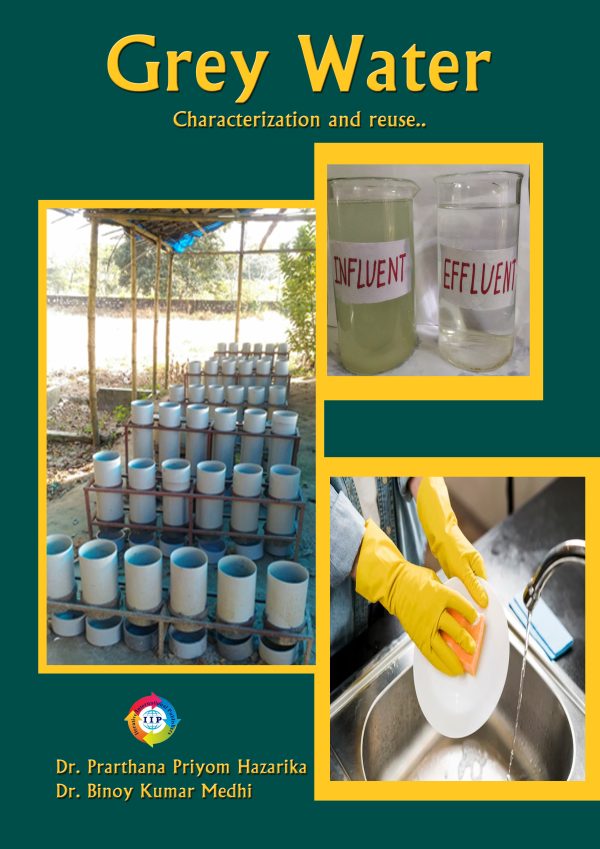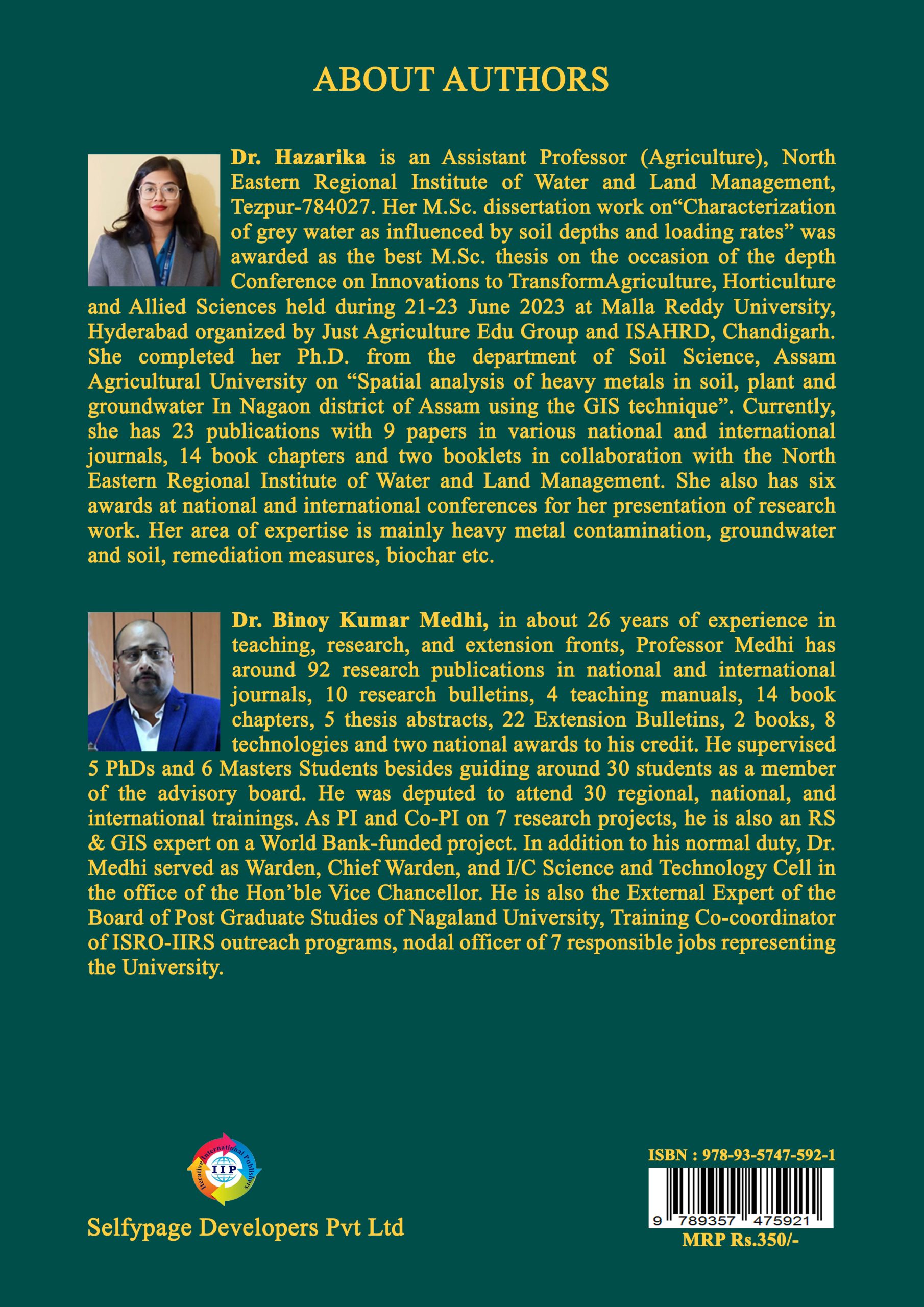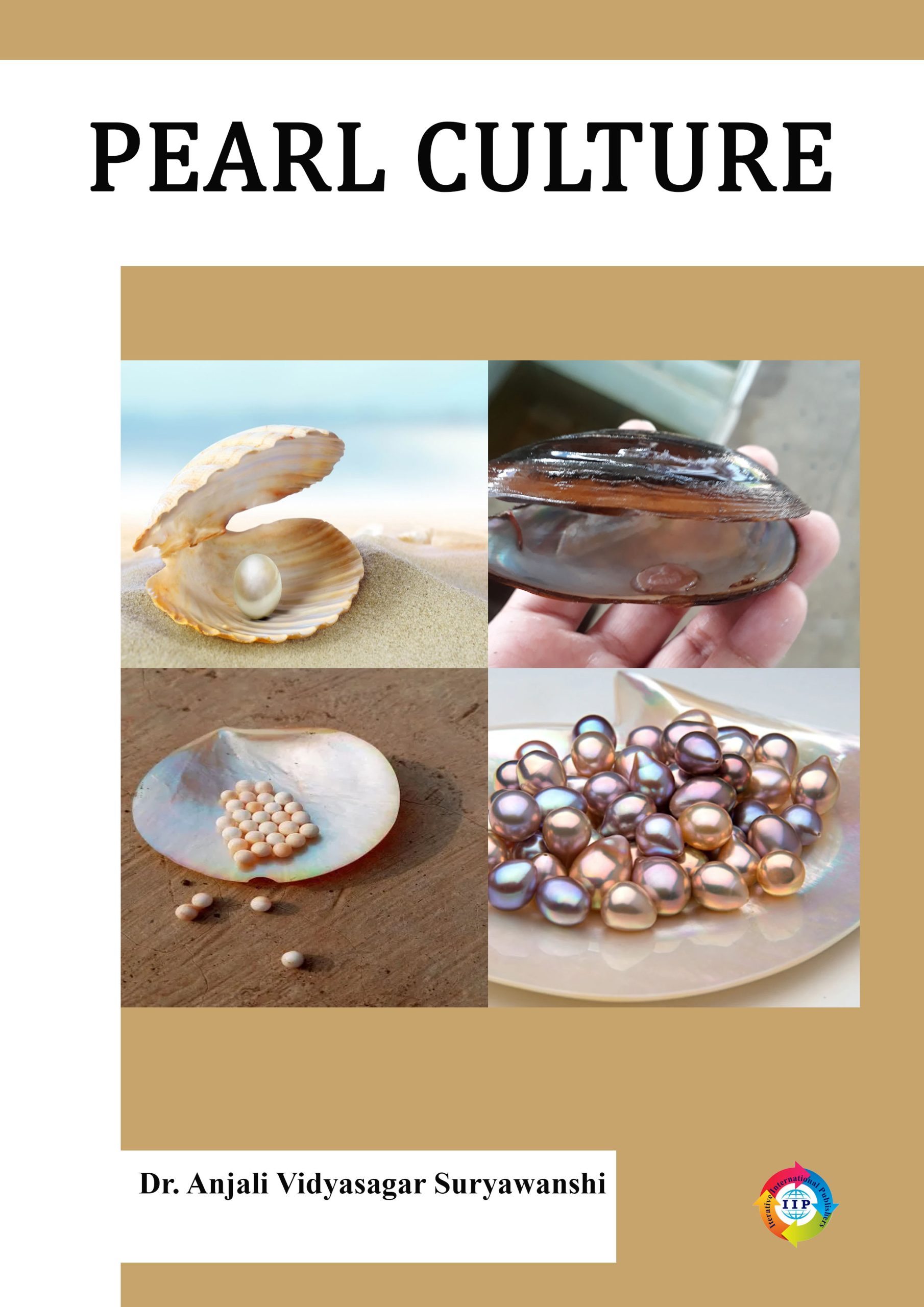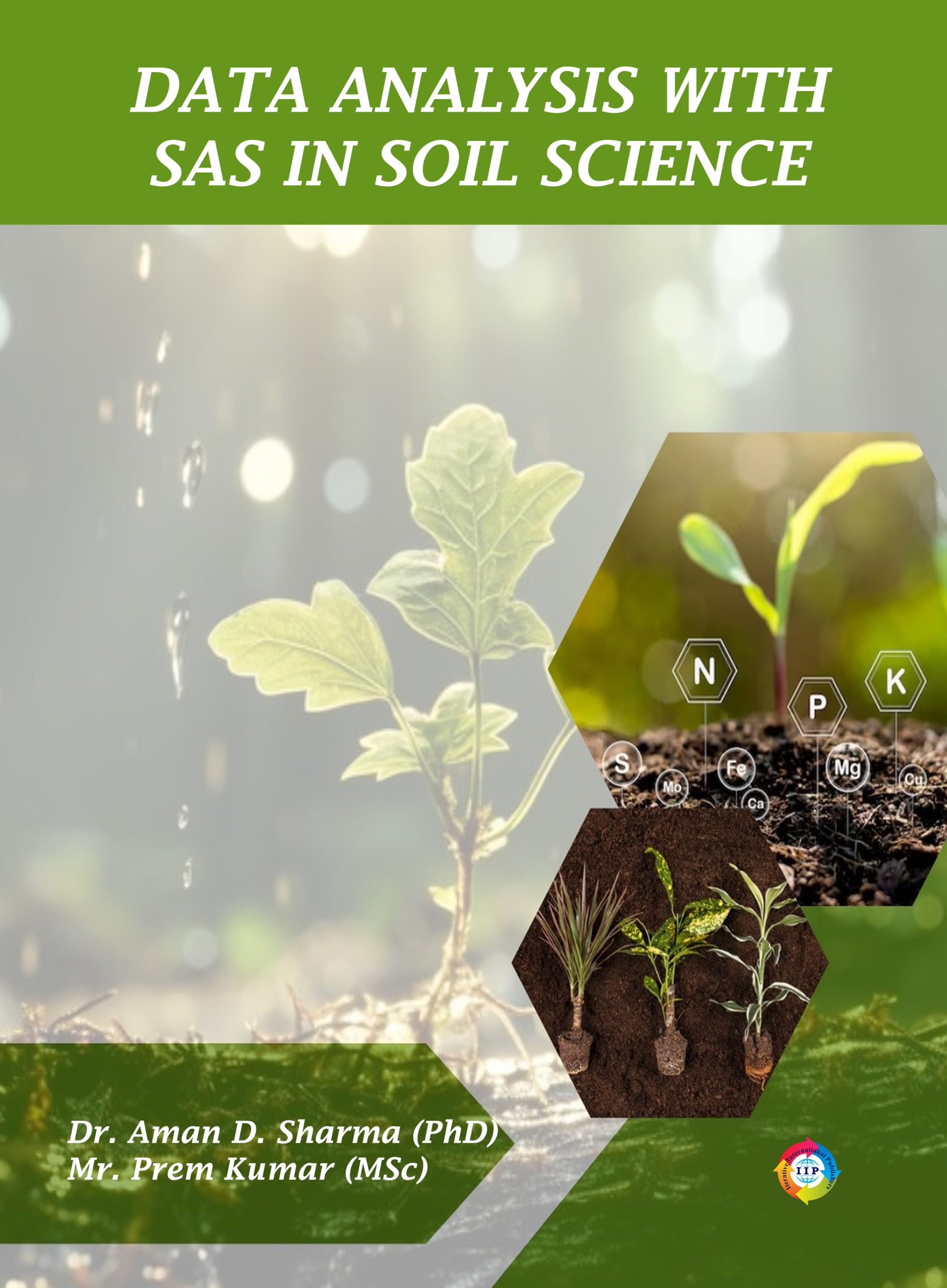The country’s water demand is expected to be twice the current supply by 2030, implying severe scarcity for hundreds of millions of people and a loss in GDP. According to PIB, the North-East Region (NER) has around 33% of the country’s average Annual Water Resources availability. Because rainfall is limited to around 6 months of the year, certain settlements may encounter water shortages during the dry months, particularly from December to March. As a result, there is a high demand for alternative water supplies or water recycling systems to meet the ever-increasing demand. Greywater is wastewater generated by numerous domestic activities such as dishwashing, laundry, and bathing. Unlike black water, which comes from toilets and contains feces, grey water is cleaner and can be treated and reused for non-potable applications. This article will dive into the characterization of grey water and its potential for reuse, particularly in the context of irrigation. Grey water accounts for a large fraction of total domestic wastewater created globally. According to World Health Organization (WHO) estimations, the average per capita greywater output is between 50 and 150 liters per day. This accounts for roughly 60-80% of total wastewater created by houses. The volume of grey water is predicted to expand further due to fast urbanization and population growth, demanding sustainable management measures. India confronts enormous water management difficulties due to its large population and limited freshwater supplies. Given the numerous activities carried out by families daily, the availability of grey water in the country is enormous. Each person in a city generates approximately 30-35 liters of gray water every day. With a rapid rate of urbanization, India must investigate effective reuse options to relieve pressure on freshwater sources. Grey water often has lower amounts of pollutants than black water. It consists primarily of soaps, detergents, food particles, and organic debris. The particular composition, however, may differ depending on the activities performed and the area. Grey water has lower levels of nitrogen and phosphate than black water, making it appropriate for irrigation. The presence of biodegradable organic compounds adds to its abundance of critical nutrients for plant growth. While certain bacteria may be present in grey water, their concentration is lower than in black water. Effective microbial contamination treatment and disinfection techniques can successfully eliminate or limit any potential dangers. The conservation of freshwater resources is one of the key motivations for reusing greywater. Households can drastically reduce their dependency on freshwater sources, particularly for non-potable needs, by diverting and treating gray water for irrigation. Grey water contains critical elements for plant growth such as nitrogen, phosphorus, and potassium. These minerals enhance the soil when used for irrigation, resulting in healthier and more vigorous plants. Households can help to reduce the pressure on wastewater treatment plants and reduce pollution by opting for greywater reuse. It also helps to reduce the amount of energy required for freshwater extraction and distribution. While grey water is cleaner than black water, appropriate treatment and disinfection are required to reduce potential health hazards. To remove potential pathogens from grey water before using it for irrigation, adequate filtration systems and disinfection processes must be employed. Establishing and maintaining a greywater treatment and reuse system necessitates careful planning and attention to sound design standards. Regular maintenance, system tests, and monitoring are required to ensure optimal operation and to prevent problems that could influence water quality. The concept of reusing grey water for irrigation is still in its early stages, and public perception is critical to its widespread adoption. Awareness campaigns and educational initiatives can help to increase acceptance and debunk myths about greywater reuse. Greywater characterization and reuse provide several advantages in terms of water conservation, nutritional replenishment, and environmental sustainability. Given the large amounts of grey water created globally and in nations such as India, efficient management and treatment systems must be established to optimize its irrigation potential. By embracing greywater reuse, homes may help to create a more sustainable future in which water resources are used intelligently, lessening reliance on freshwater supplies.









Reviews
There are no reviews yet.